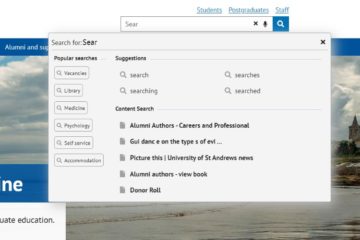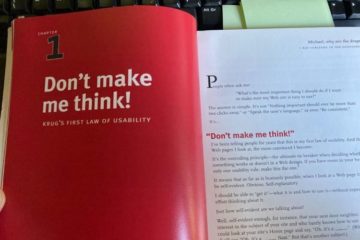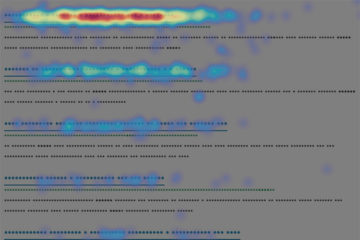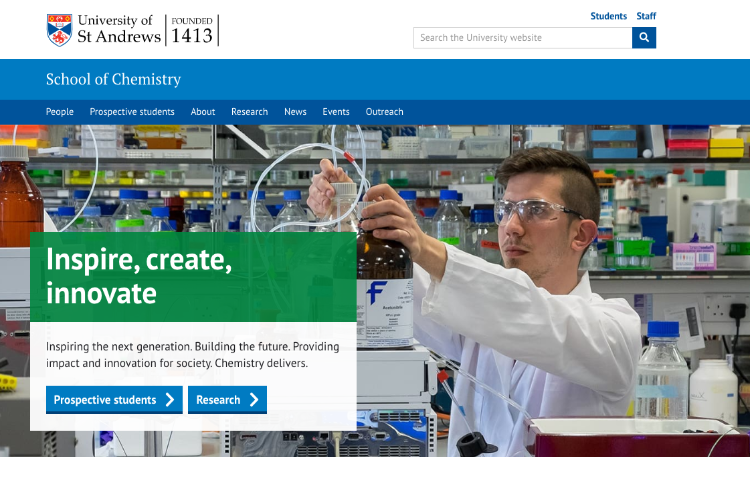
Writing for an international audience
If you are a native English speaker, have you wondered what it’s like to read web pages written in English when English is not your first language?

If you are a native English speaker, have you wondered what it’s like to read web pages written in English when English is not your first language?

The digicomms team has started a brand new venture – user testing! During Orientation Week, we asked students their thoughts on our most recent projects.

We have recently upgraded our search autocomplete functionality within the main site header. This update is designed to give users the best experience possible, reducing the amount of typing required and providing…

One of the biggest challenges we face is to ensure that our websites continue to work on all manner of devices. To meet this challenge, many web developers have adopted a mobile first design process. The core principle…

‘Don’t make me think’ is a book by Steve Krug, first published in October 2000. It is one of the most popular introductions to user interface design, with 600,000 copies published in 20 different languages. Now, after…

How do we make it easier for users of the University website to find the right link, the right information they need? The current landing pages for current staff and current students provide a plethora of choices –…

The importance of having the correct web page listed in the top few search results has long been known. However, in some cases only a single result gets the attention of users. This has an impact for the University…

Over the last few months I’ve received several requests to track the number of clicks it takes a user to complete a task to determine the “improved” usability of a website.

Last November I wrote about the initial findings from the control usability test that was conducted on Google Search Appliance (GSA), the University’s search system at the time. The main outcomes from that test were…

Two weeks ago I conducted usability testing on the design for the new School websites on behalf of the Business Transformation Board who are running the Academic School Websites project. This project seeks to update…